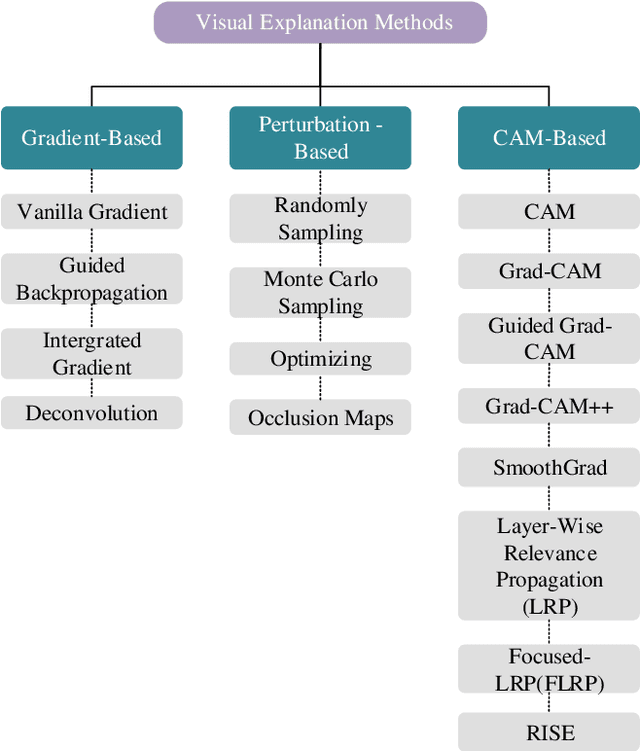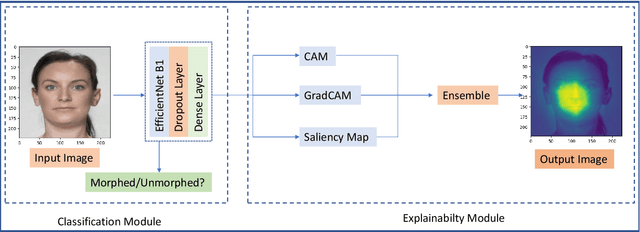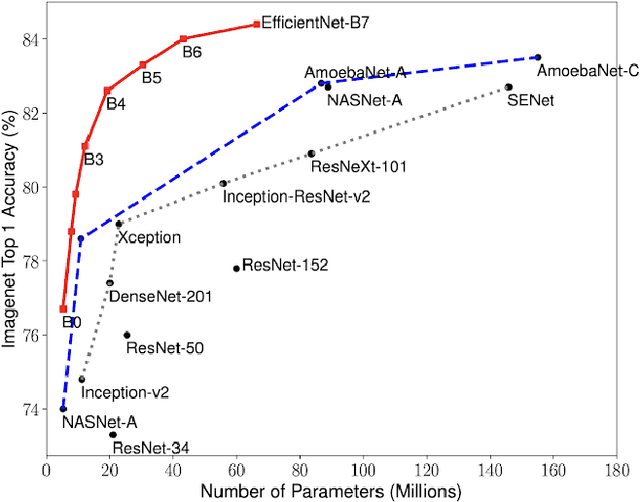Pranay Kothari
An Efficient Ensemble Explainable AI (XAI) Approach for Morphed Face Detection
Apr 23, 2023



Abstract:The extensive utilization of biometric authentication systems have emanated attackers / imposters to forge user identity based on morphed images. In this attack, a synthetic image is produced and merged with genuine. Next, the resultant image is user for authentication. Numerous deep neural convolutional architectures have been proposed in literature for face Morphing Attack Detection (MADs) to prevent such attacks and lessen the risks associated with them. Although, deep learning models achieved optimal results in terms of performance, it is difficult to understand and analyse these networks since they are black box/opaque in nature. As a consequence, incorrect judgments may be made. There is, however, a dearth of literature that explains decision-making methods of black box deep learning models for biometric Presentation Attack Detection (PADs) or MADs that can aid the biometric community to have trust in deep learning-based biometric systems for identification and authentication in various security applications such as border control, criminal database establishment etc. In this work, we present a novel visual explanation approach named Ensemble XAI integrating Saliency maps, Class Activation Maps (CAM) and Gradient-CAM (Grad-CAM) to provide a more comprehensive visual explanation for a deep learning prognostic model (EfficientNet-B1) that we have employed to predict whether the input presented to a biometric authentication system is morphed or genuine. The experimentations have been performed on three publicly available datasets namely Face Research Lab London Set, Wide Multi-Channel Presentation Attack (WMCA), and Makeup Induced Face Spoofing (MIFS). The experimental evaluations affirms that the resultant visual explanations highlight more fine-grained details of image features/areas focused by EfficientNet-B1 to reach decisions along with appropriate reasoning.
 Add to Chrome
Add to Chrome Add to Firefox
Add to Firefox Add to Edge
Add to Edge